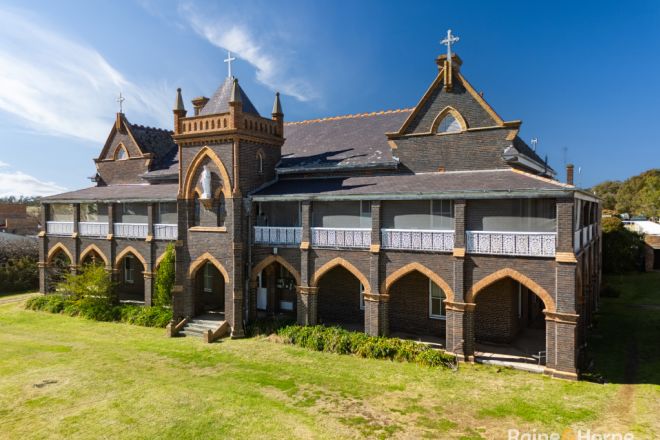A 100-year-old convent has been placed on the market with a unique condition: its historical significance must be preserved. The sale highlights ongoing efforts to protect cultural heritage while adapting historic buildings for modern use.
The convent, known for its architectural charm and community history, has served as a spiritual and educational center for decades. Preservation experts emphasize the importance of maintaining its original features, including stained-glass windows, woodwork, and stone masonry.
The current owners are seeking buyers who respect the convent’s heritage. The stipulation ensures that any future use—whether residential, educational, or community-focused—will retain the building’s character and historical integrity.
Architects and preservationists say the approach balances private ownership with cultural responsibility. Protecting historic structures helps communities retain their identity, educate future generations, and promote tourism.
Local historians note that the convent has been central to the neighborhood’s story. Generations of residents attended services, school programs, and community events there. Preserving the building allows these stories to remain part of public memory.
Real estate experts highlight a growing trend of historic properties being sold with preservation requirements. Such sales attract buyers who value history and are willing to invest in restoration and careful maintenance. These initiatives often include tax incentives or grants to support preservation efforts.
The convent’s sale also raises awareness about adaptive reuse. Preserved historic buildings can serve new purposes without losing their cultural value. In other cases, former religious sites have become museums, art centers, or community spaces, providing benefits while safeguarding heritage.
Community members have expressed optimism about the sale. Many hope that the convent will remain a place where history is celebrated, and that it continues to be accessible in some form to the public. Residents stress the importance of maintaining the property’s visual and cultural presence.
Preservation groups emphasize that early intervention is crucial. Buildings over a century old face risks from neglect, weather, and urban development. A sale with preservation conditions ensures that restoration work meets professional standards and protects historic features.
The convent is also an example of how cultural heritage can coexist with modern use. Buyers can adapt parts of the building for contemporary needs while respecting architectural details, creating a living space that honors its past.
Educational programs could benefit from the convent’s preservation. Schools, historians, and community organizations may use the site for teaching local history, architecture, and cultural studies, offering hands-on learning experiences.
Legal protections and preservation covenants often accompany such sales. These agreements specify what can and cannot be altered, ensuring that the property’s historical elements are maintained and that future owners uphold conservation commitments.
Experts believe that such sales can inspire similar preservation-minded projects. By demonstrating that historic buildings can be sold responsibly, communities can encourage stewardship of other significant sites, balancing heritage and development needs.
The 100-year-old convent stands as a testament to enduring architecture and cultural memory. Preserving its integrity ensures that future generations can appreciate its beauty, history, and the role it has played in shaping the local community.
The sale marks a new chapter for the convent, one that combines private investment with public responsibility. By safeguarding the property’s historical essence, this initiative reinforces the value of cultural preservation in modern society.

